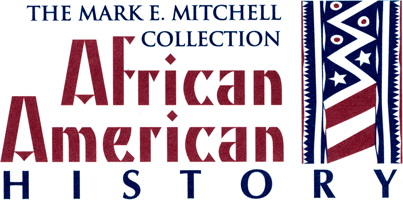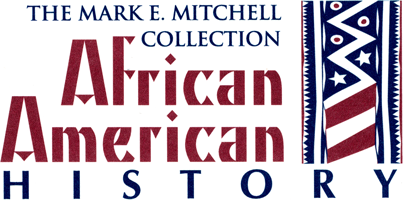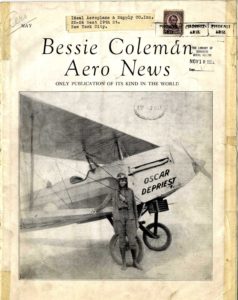Bessie Coleman (1893-1926). First African American woman to earn a pilot’s license confronted segregation in the sky.
Spurred on by the exploits of World War I pilots, Bessie Coleman obtained training in France after being denied it at home due to her race and gender. Returning to the U.S. in 1922, “Queen Bess” barnstormed across the country, performed stunts at air shows, and lectured on aviation’s future in combating racism. Coleman wanted to establish a flight school for young African Americans, but was tragically killed in a crash. Even in death, she inspired prospective black pilots to form Bessie Coleman Aero Clubs throughout the land.
Above, published four years after her death, the inaugural issue of Bessie Coleman’s Aero News, May 1930, features accomplished pilot and entertainer Marie Dickerson standing in front of the Oscar De Priest biplane. This complete issue is one of only two extant, and any issue is exceedingly scarce.
Susan Hancock, mother-in-law of Booker T. Washington, and an investor in Bessie Coleman Aero, the first black-owned aircraft manufacturing company, officially christened the above aircraft, “OSCAR DEPRIEST” [sic], in 1929, to honor the firm’s distinguished guest to Los Angeles. At the time, Illinois Rep. Oscar S. De Priest (1871-1951), was the only sitting black congressman and the first to be elected outside the South. William J. Powell (1897-1942), the Aero firm’s intrepid founder and editor of the Coleman Club’s magazine, arranged for De Priest to fly over the city in it. The congressman asserted this was the first time he had been in a plane either built or piloted by an African American, and urged those assembled to invest in Powell’s company.
Powell opined that the Bessie Coleman Aero News would become a beacon for African Americans to enter the new and exciting field of commercial aviation. By uniting to design and construct aircraft flown by black pilots and serviced by black mechanics, they could lead the industry. Further, he envisioned black-owned firms building and managing the nation’s airports to serve every American. Perhaps with Powell in mind, the Airline Pilots Association quickly amended its bylaws to exclude blacks.
With Queen Bess as black aviation’s patron saint, some 37 black flying groups had been formed, with 24 still operational in 1936. Though their collective effort wasn’t enough to dispel the myth that blacks were technological illiterates too terrified to fly, Bessie’s devotees pressed on to join the Army Air Corps, train at Tuskegee, and heroically serve when needed.


